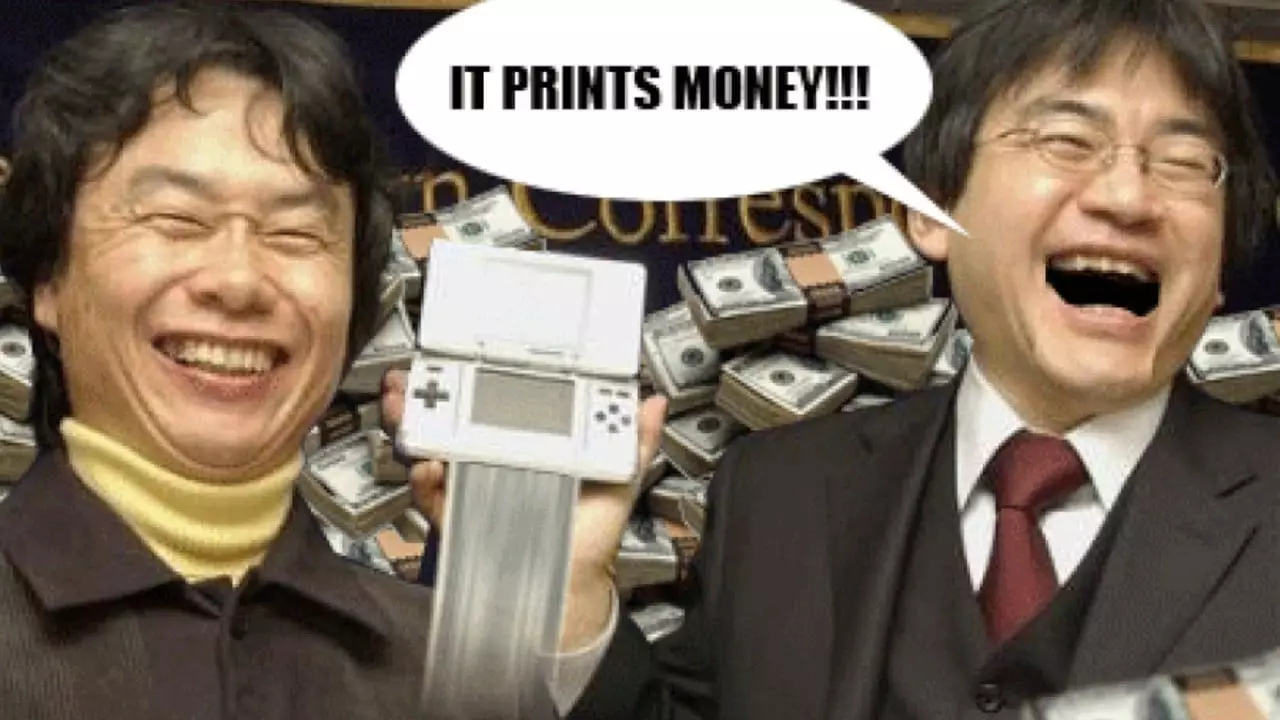The world of gaming has often been defined by its ability to innovate and adapt. Among the various consoles that have shaped the industry, the Nintendo DS stands out as a pivotal player in the evolution of handheld gaming. While older generations may hark back to the iconic Game Boy as the epitome of portable gaming, the DS significantly transformed expectations and experiences, establishing itself as a cornerstone of Nintendo’s legacy.
When the Nintendo DS was introduced, it arrived amid a fierce marketplace often dominated by Sony’s PlayStation Portable (PSP), which boasted cutting-edge graphics and sleek design. Early impressions of the DS, particularly its unique dual-screen setup, were met with skepticism. Many were quick to dismiss it as clunky, especially in comparison to the elegance of the PSP. The question lingered: How could a device that resembled a game and watch device, with its odd aesthetic, hope to compete in an arena that seemed so heavily skewed in favor of a more conventional design?
However, this misjudgment illuminated the fundamental traits that would later define the DS: Nintendo’s courage to break away from existing norms and introduce a device that was not merely a successor to the Game Boy, but an entirely new gaming paradigm.
Breaking Down Barriers
At its core, the Nintendo DS provided an innovative platform that bridged the gap between casual and hardcore gamers. With touch-screen functionality and a diverse array of game titles, it offered experiences that were accessible to individuals who had previously felt alienated by traditional gaming culture. Titles such as “Brain Training” and “Nintendogs” catered specifically to this emerging audience, successfully capturing the attention of those outside the typical gamer demographic.
This strategy is often regarded as one of the first implementations in what is now known as a “blue ocean” strategy — creating new market space instead of competing within the existing confines. By reaching out to new players, Nintendo effectively expanded the gaming market itself.
Equipped with a compelling library of software that ranged from compelling RPGs to quirky simulation games, the DS benefited tremendously from its diverse titles. Well-known franchises made their crossover appearances while also inviting unique games that redefined genres. For instance, “Animal Crossing: Wild World” resonated with both casual players and long-time fans, signaling a shift where games could charm a wider audience.
Despite its rocky start, the DS truly hit its stride with the launch of the DS Lite, a sleeker version of the original. The upgraded design and enhanced usability made it more appealing, allowing it to compete more directly with competing systems, including the PSP, which, despite its technical prowess, suffered from a lack of distinctive first-party titles.
Nintendo’s Risk and Reward
Hiroshi Yamauchi, one of Nintendo’s most influential leaders, famously expressed the high stakes involved with the DS’s success, stating that the company faced the possibility of soaring to great heights or plummeting to irrelevance. This moment encapsulated the duality of innovation and risk inherent in the gaming industry. Thankfully for Nintendo, the DS did not falter; instead, it solidified its place as a transformative device within the gaming landscape.
As the DS achieved commercial success, it became a pivotal foundation for future Nintendo innovations. The strategies employed with the DS paved the way for the Wii, which would soon blend gaming with an entirely new user experience, attracting audiences that spanned generations.
The Lasting Impact of the Nintendo DS
In many ways, the Nintendo DS is not merely a relic of gaming history; it is a testament to the capacity for growth and adaptation within the industry. The DS’s impact is seen far beyond its sales figures; it set a precedent for how handheld gaming could appeal to a broad base of players.
The legacy of the Nintendo DS represents an era of gaming where inclusivity became just as important as innovation. Its unique design and strategic software library proved that gaming could transcend traditional boundaries. As players reflect on their experiences with the device, it’s clear that the DS didn’t just take the place of the Game Boy—it redefined what handheld gaming could achieve.
The Nintendo DS acted as a catalyst for change, evolving from an underdog to a giant in the gaming industry, reshaping not just Nintendo’s fortunes, but the very landscape of gaming itself.

